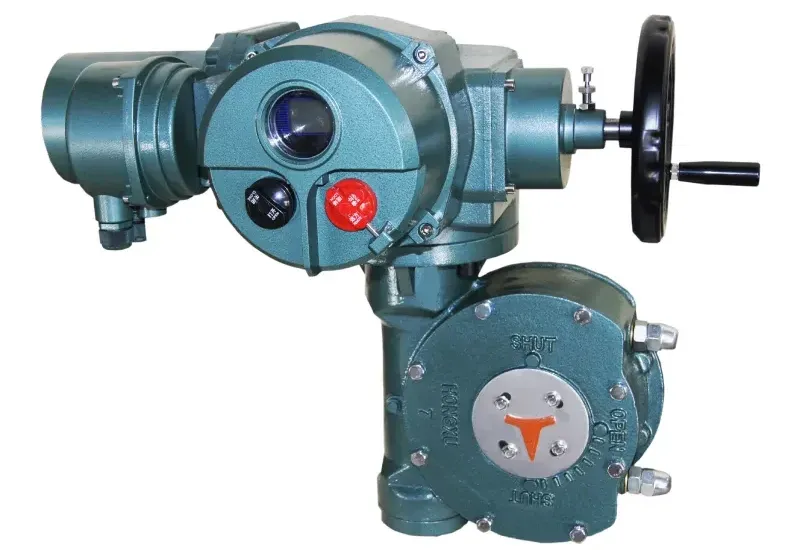Multi-turn electric actuators have established themselves as indispensable components in numerous industries, including power generation, oil and gas, and water/wastewater treatment. Renowned for their versatility and efficiency, these actuators are designed to meet diverse industrial requirements with a variety of sizes and torque specifications. This article provides an in-depth exploration of the benefits, features, and working principles of multi-turn electric actuators, showcasing their importance in modern industrial automation.

Multi-turn electric actuators feature 360-degree rotation and are powered by AC/DC currents. They can receive and provide 4-20mA signals, ensuring compatibility with major control systems. This allows for seamless remote operation of control valves, such as gate valves and globe valves, and even higher torque applications like ball valves and butterfly valves when used with a gearbox.
These actuators facilitate precise regulation of valve positions, ensuring optimal process control.
Their ability to integrate with control systems allows operators to monitor and control valve operations remotely, improving efficiency and safety.
Suitable for a wide range of valves, from gate and globe to ball and butterfly valves, multi-turn actuators are adaptable to various industrial needs.
With a torque range from 50Nm to 10,000Nm, these actuators are suitable for applications demanding varying levels of force.
Available in 3-phase AC, single-phase AC, and DC motor configurations, catering to diverse power requirements.
Constructed with an aluminum alloy shell, the actuators are lightweight, anti-oxidation, and resistant to ultraviolet exposure. Stainless steel 304 screws ensure corrosion resistance for outdoor use.
Designed to withstand harsh environments, the actuators maintain reliable performance even in demanding conditions.
They support remote, collective, and automatic control, enhancing operational convenience.
Available in Profibus, Modbus, Hart, FF Fieldbus, and DeviceNet configurations, these actuators integrate seamlessly into modern industrial networks.
Suitable for gate valves, knife gate valves, globe valves, ball valves, and butterfly valves, meeting the demands of various industries.
Widely used in power plants, petroleum, chemical, and pharmaceutical industries, among others.
Categorized as electric gate valve actuators, electric globe valve actuators, electric ball valve actuators, and electric butterfly valve actuators to simplify automation processes.
A multi-turn electric actuator operates by using an electric motor to drive a gearbox. This gearbox powers a worm and worm gear assembly connected to the valve stem. The actuator’s output shaft interfaces with a series of limit switches, which regulate the valve’s rotational motion. When the actuator receives a control signal, the electric motor activates the gearbox, causing the valve to rotate to the desired position. This mechanism ensures precise and reliable valve control.
In power plants, multi-turn electric actuators regulate critical systems such as steam and water flow. Their ability to handle high torque and provide precise control ensures optimal plant efficiency and safety.
The oil and gas sector relies on these actuators for managing pipelines, processing systems, and storage facilities. Their robust construction and compatibility with fieldbus systems make them ideal for remote and hazardous locations.
Multi-turn actuators play a vital role in water and wastewater treatment plants. They control the flow of water and chemicals, ensuring smooth operation of filtration, distribution, and treatment processes.
In these industries, actuators manage the flow of chemicals and pharmaceutical ingredients, ensuring precision and consistency in production.
Multi-turn electric actuators are essential for modern industrial automation, offering a perfect blend of versatility, durability, and precision. With features tailored to meet the demands of various industries, they enhance efficiency and reliability in critical operations. Whether in power generation, oil and gas, water treatment, or manufacturing, multi-turn electric actuators remain a cornerstone of industrial progress.
